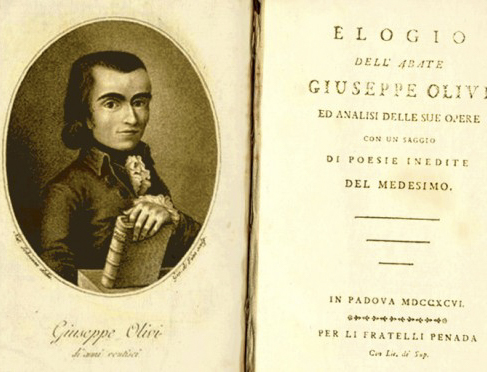THE EXHIBITION ROOMS
The Giuseppe Olivi Museum of Adriatic Zoology holds the most important historical collection of marine animals in the Adriatic Sea. A collection of great value, the result of research work conducted for decades, between the second half of the nineteenth century and 1943; a faunal patrimony that, through a journey in stages between the shores of the Adriatic Sea, arrived in Chioggia and, acquired by the University of Padua, found its home first in the Umberto D’Ancona Hydrobiological Station and finally in the halls of Palazzo Grassi. A museum on the sea and for the sea, in a city that has derived its raison d’être from its relationship with the Adriatic for centuries; a bond that has generated illustrious personalities such as Giuseppe Olivi, one of the fathers of modern zoology.
Discover the themes and rooms of the Museum of Adriatic Zoology here.
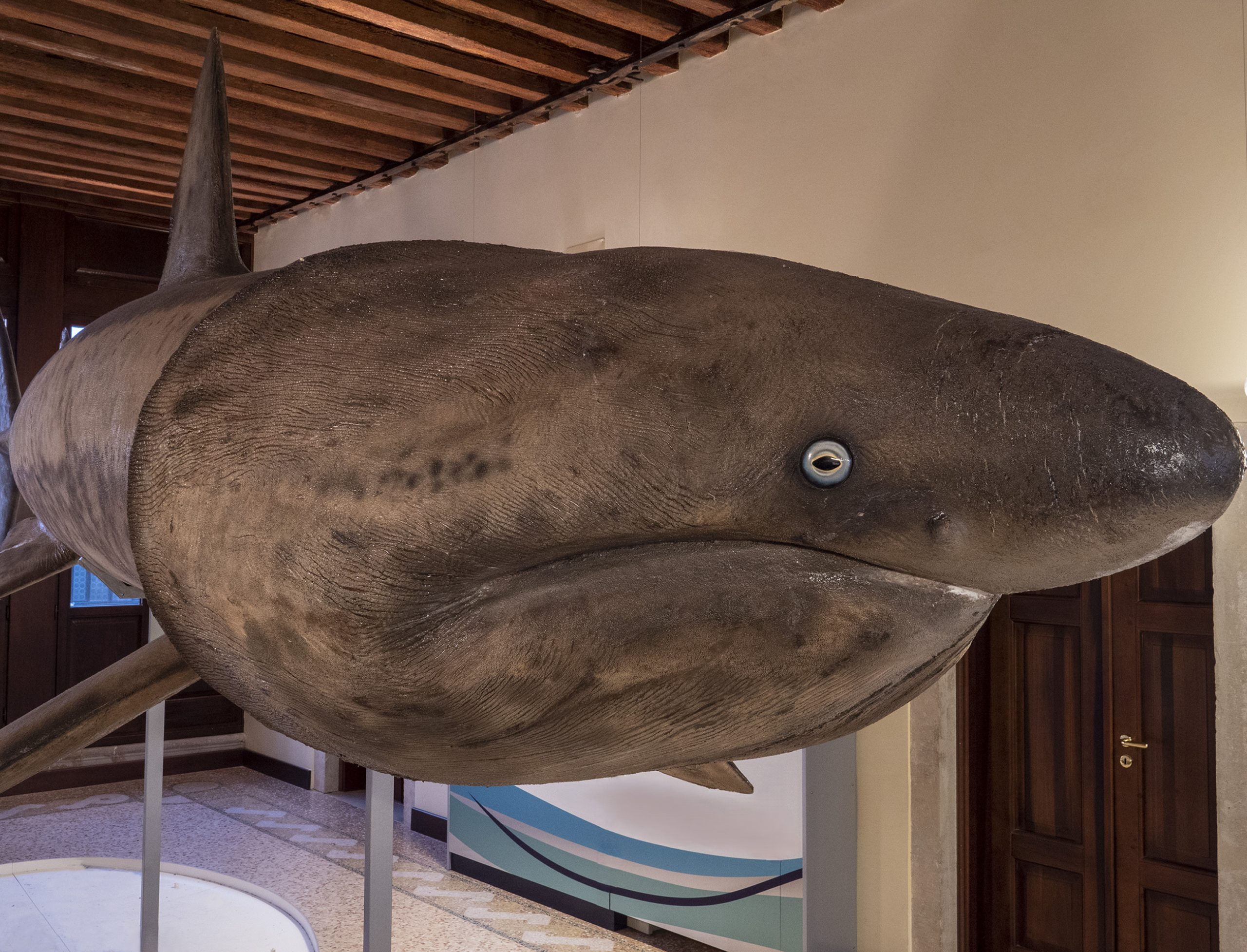
The shark room
Meet Olivia, the basking shark.
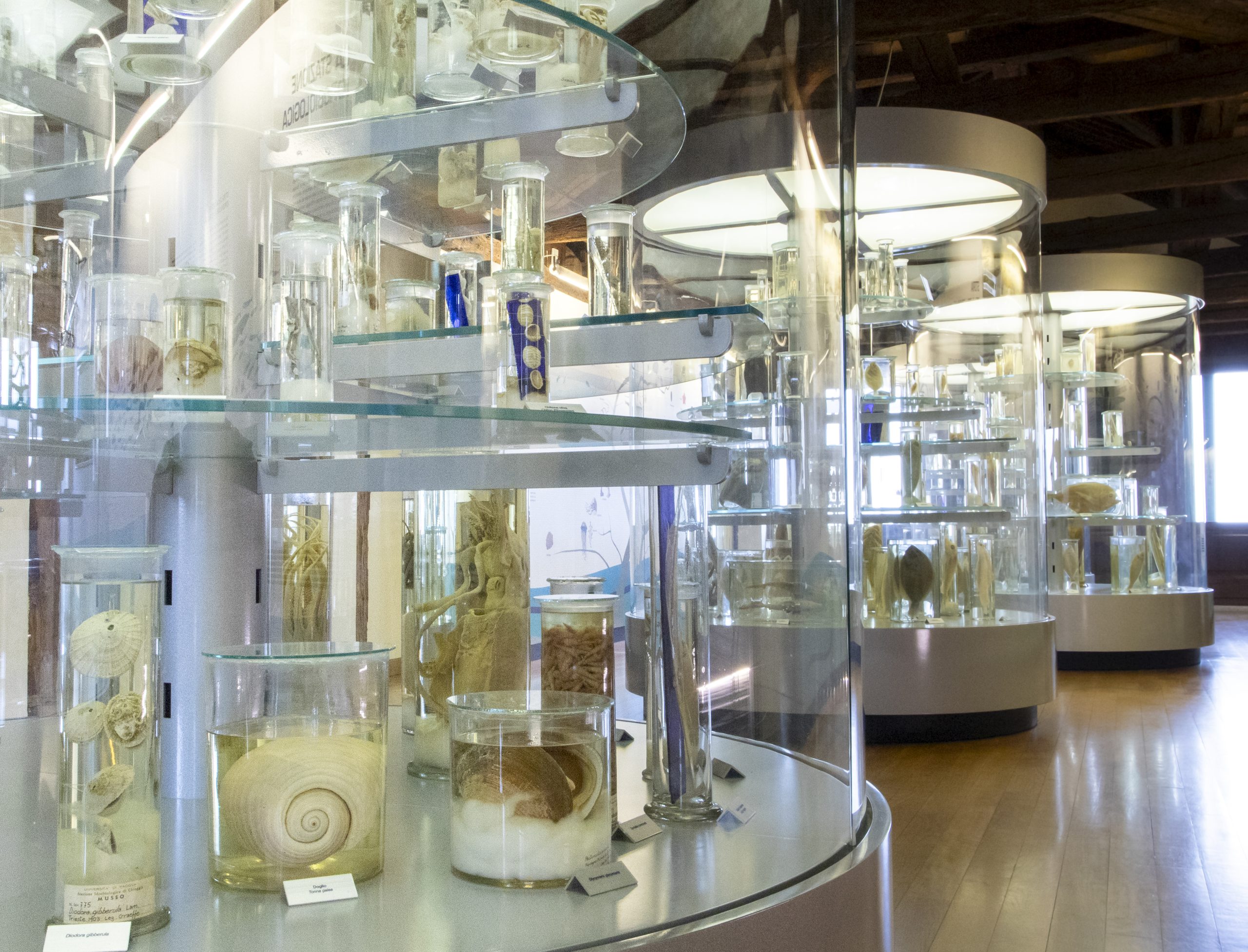
The Collection room
Discover the museum's landmark room and the Trieste and Rovinj Collection.
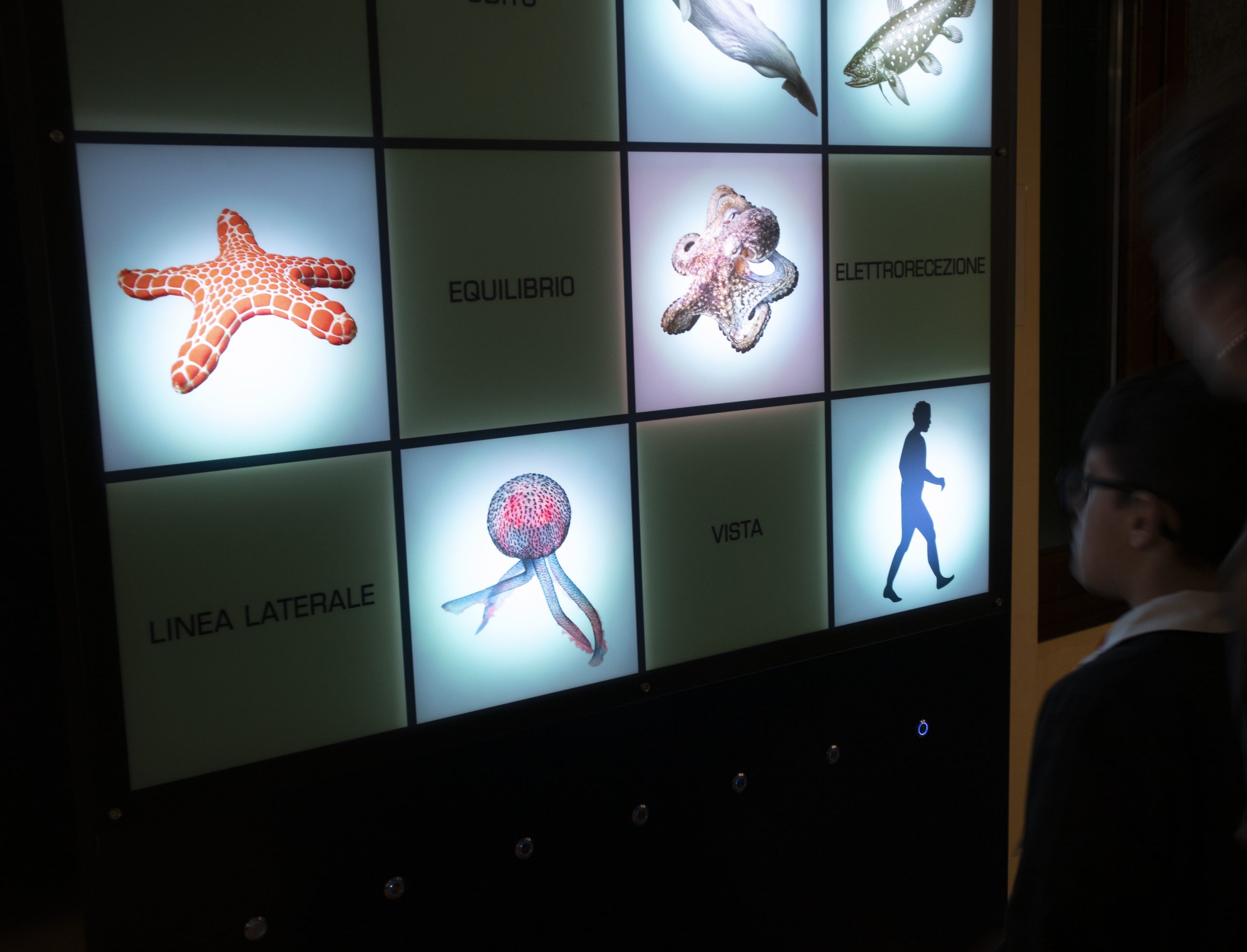
The room of Senses
How do you sense light, sounds and smells underwater? Learn this and more in the Marine Animal Senses Room.
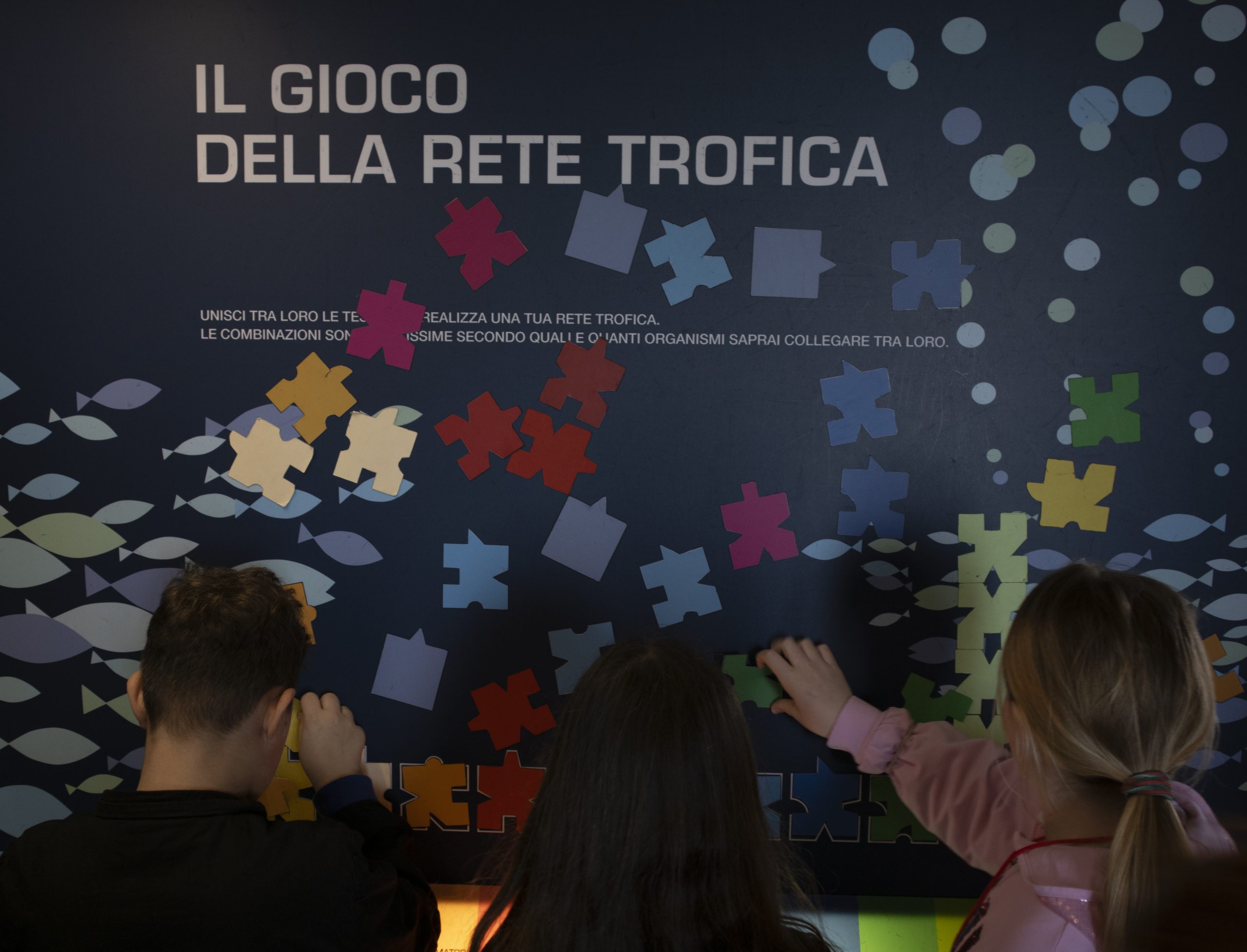
The room of the Trophic Network
How and what do marine organisms eat? What food relationships are formed among different animals and plants? What is a trophic network? Find out in the Trophic Network Room.
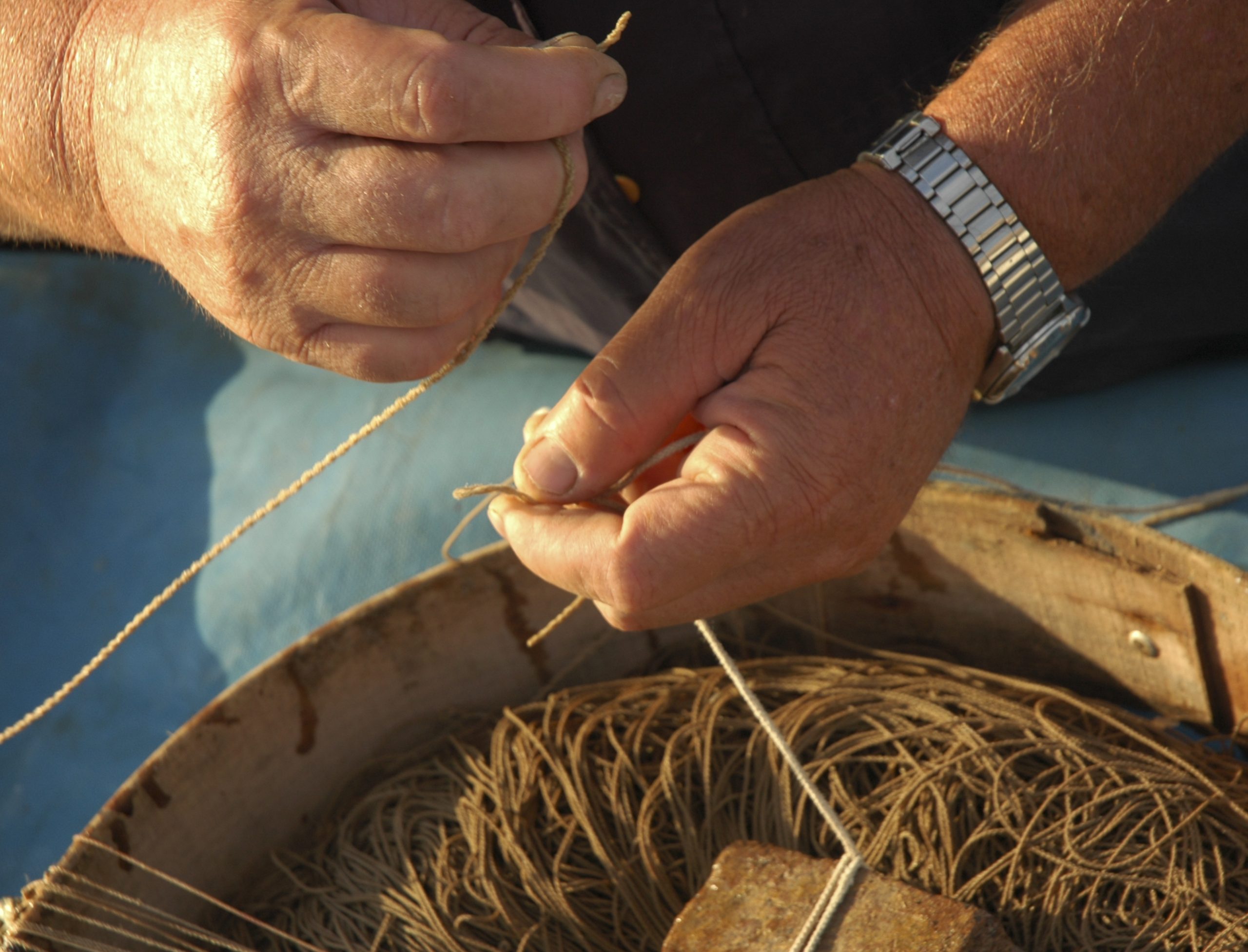
The room of Fishing traditions
The relationship between man and the sea: evidence from the past and future prospects compared.
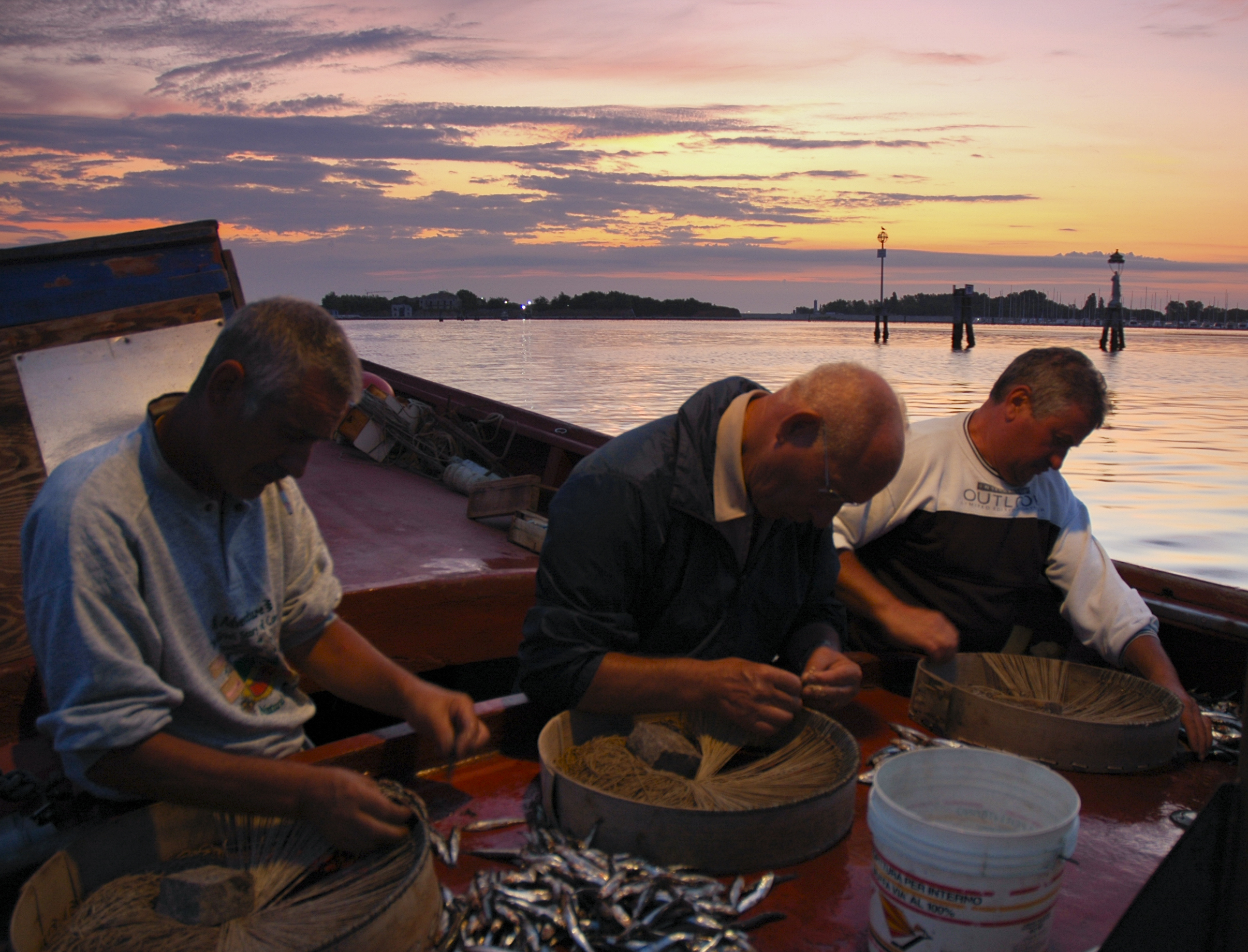
The immersive room
Get on board with Chioggia fishermen and learn about fishing techniques.
RESEARCH AND INSIGHTS
If you are interested in marine biology and ecosystem protection, find these topics intriguing, or think the Museum of Adriatic Zoology could support initiatives to improve the area, start your exploration with this section of the site.
Here, you will find information on the history of the Museum Collection, marine biology in Chioggia, the research project of the Hydrobiological Station of the University of Padua, and scientific and popular publications. You will also find details on the many initiatives that the museum has conducted with local partners for years to promote the lagoon and the Adriatic region and its inhabitants. If you want to learn more about fishing, immerse yourself in the statistics of the largest Adriatic fish market: the Chioggia Fish Market. If you want to see marine biodiversity, you can “dive” into the sea through the photographs of Egidio Trainito. If you are interested in the history of marine biology, you can learn about Giuseppe Olivi, the incredible naturalist to whom the museum is dedicated.
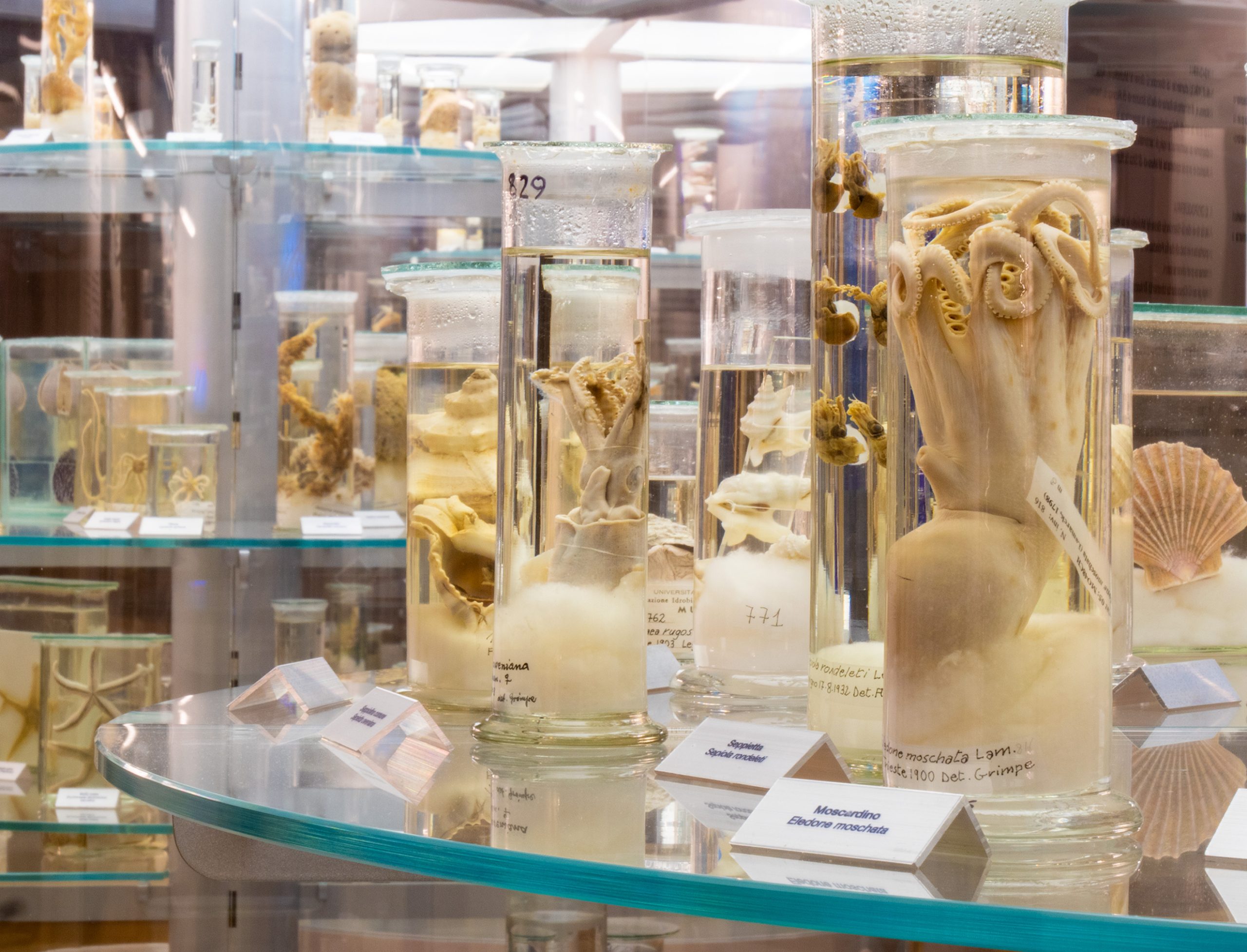
The collection of Trieste and Rovinj
Explore the troubled adventure that brought ancient artifacts from the Trieste and Rovinj Collection to the Museum.
Who was Giuseppe Olivi
Who was the scientist to whom the Museum of Adriatic Zoology is dedicated?
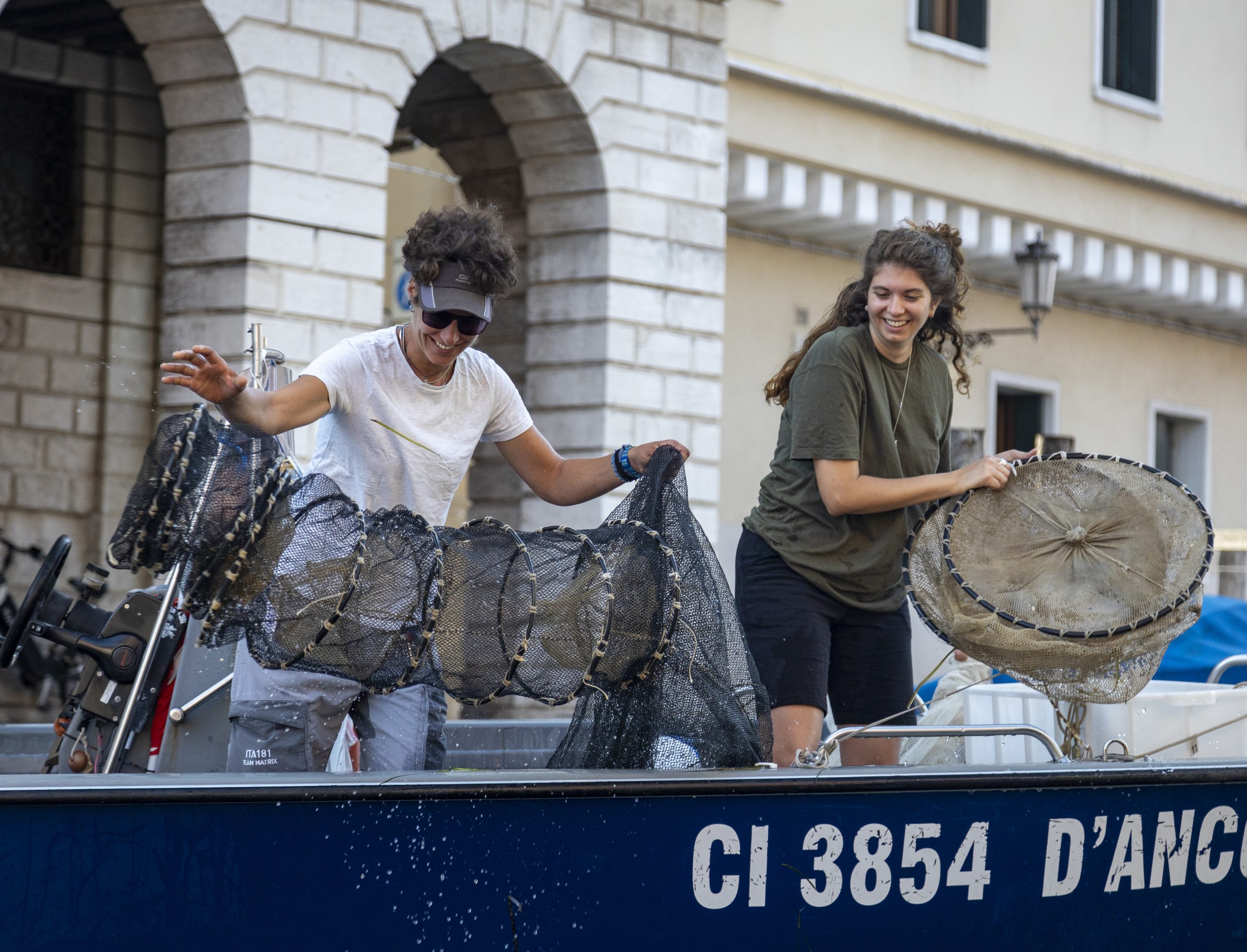
The Umberto d'Ancona Hydrobiological Station
The Hydrobiological Station, a research laboratory on the lagoon and the sea.
The research themes of Marine Biology in Chioggia
Learn about the main research strands of Marine Biology at the University of Padua in Chioggia here.
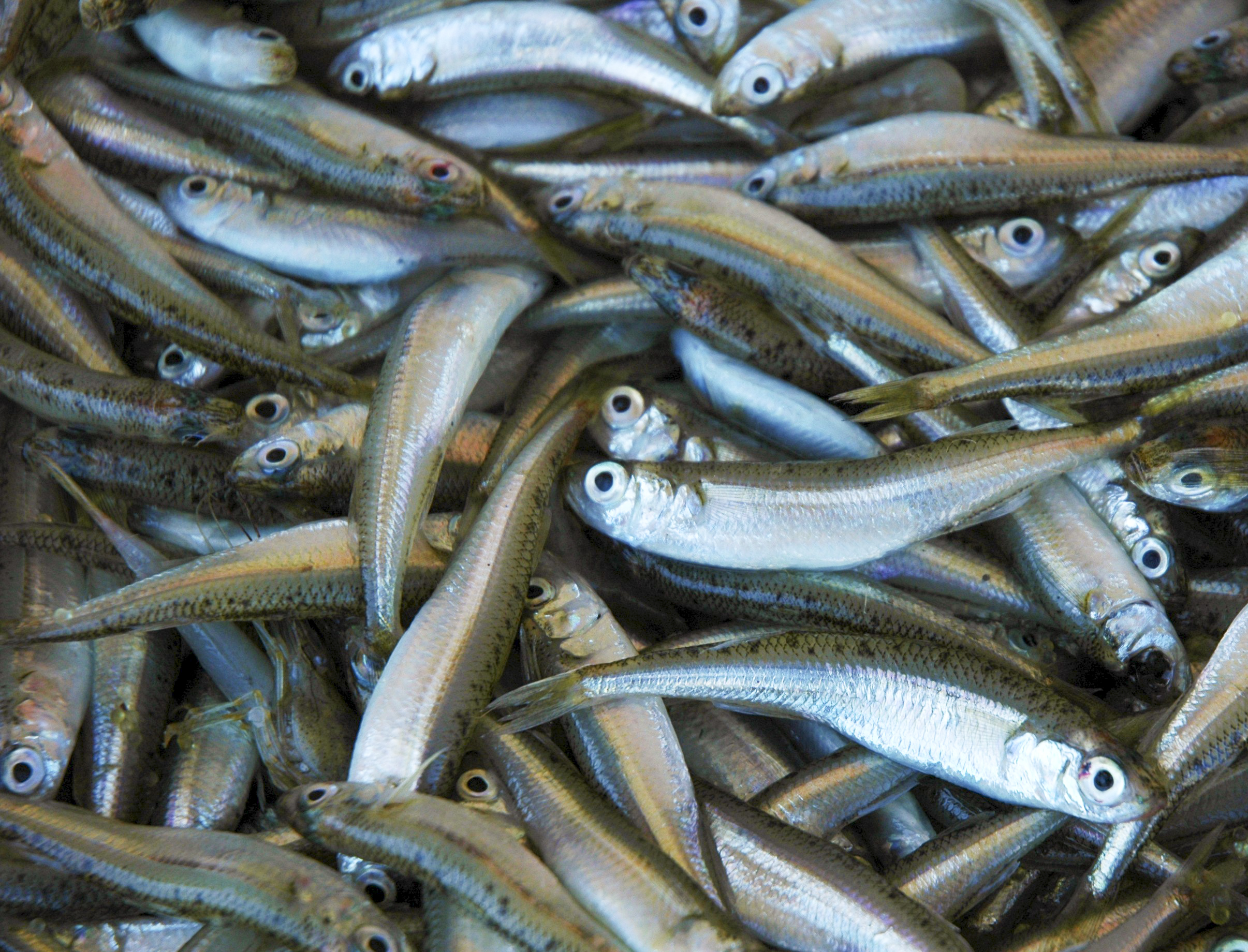
The Fisheries Database of Chioggia
Learn about catch trends of fish species in the Northern Adriatic from 1945 to the present.
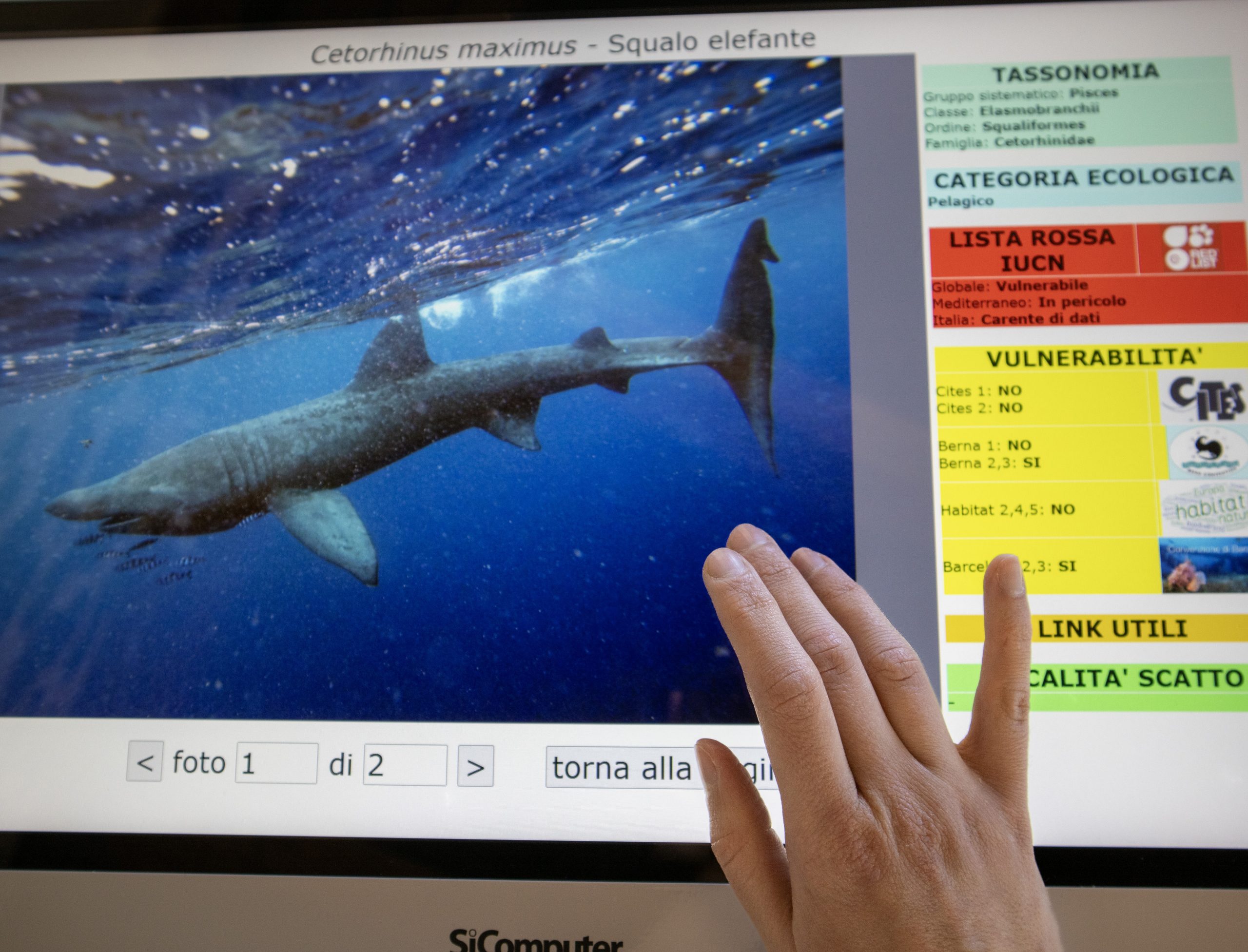
The Photographic Archive of Egidio Trainito
An archive of underwater photographs of extraordinary scientific value. Explore the Trainito Collection.

Publications
Read what has been written about the museum's collections and the Adriatic ecosystem.
GRASSI PALACE
Located on the Fondamenta del Canale Vena, Palazzo Grassi is an 18th-century building with different styles and characters. It was built at the turn of the century by architect Andrea Tirali, commissioned by the Grassi family, wealthy Chioggio merchants…
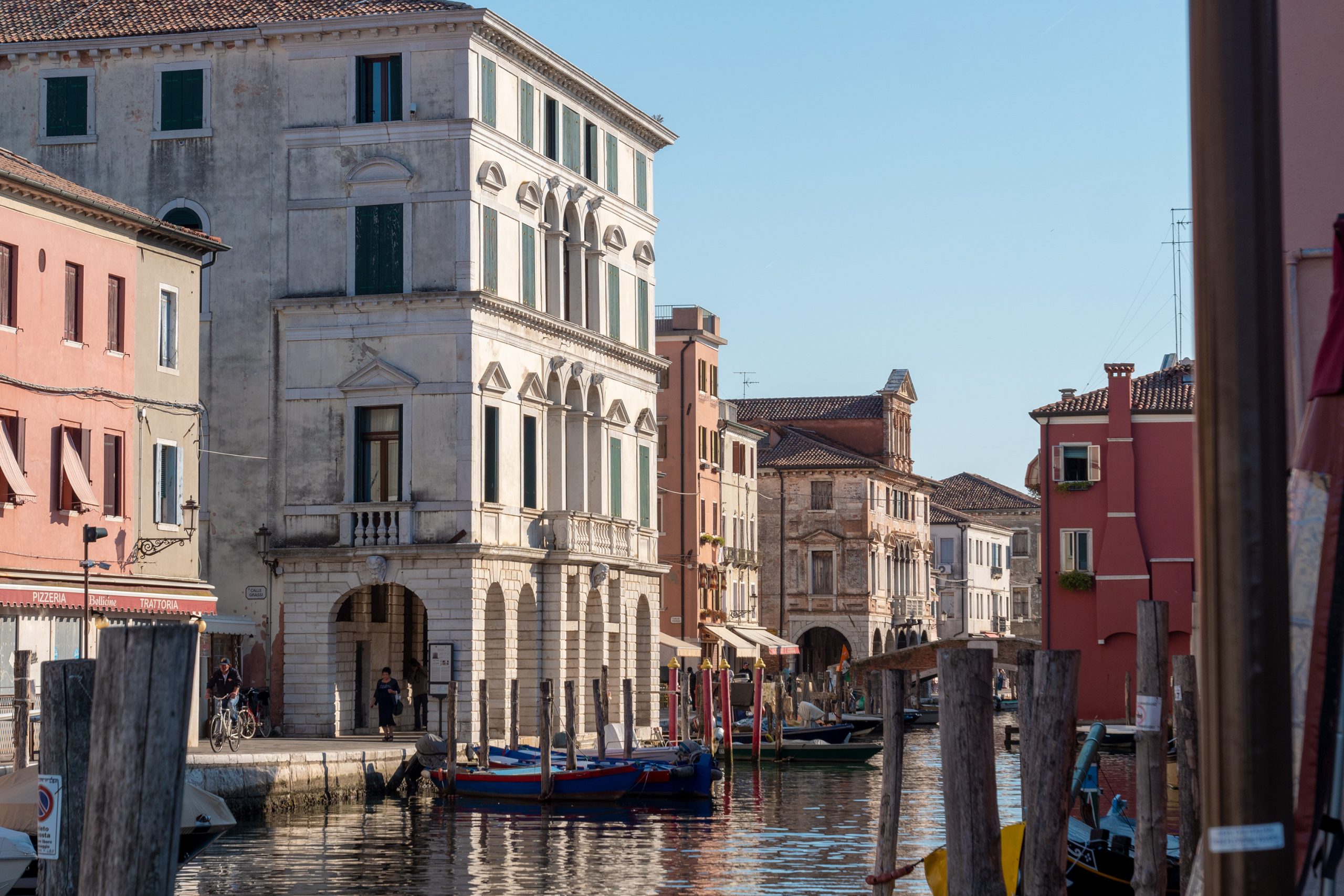
VIDEO GALLERY
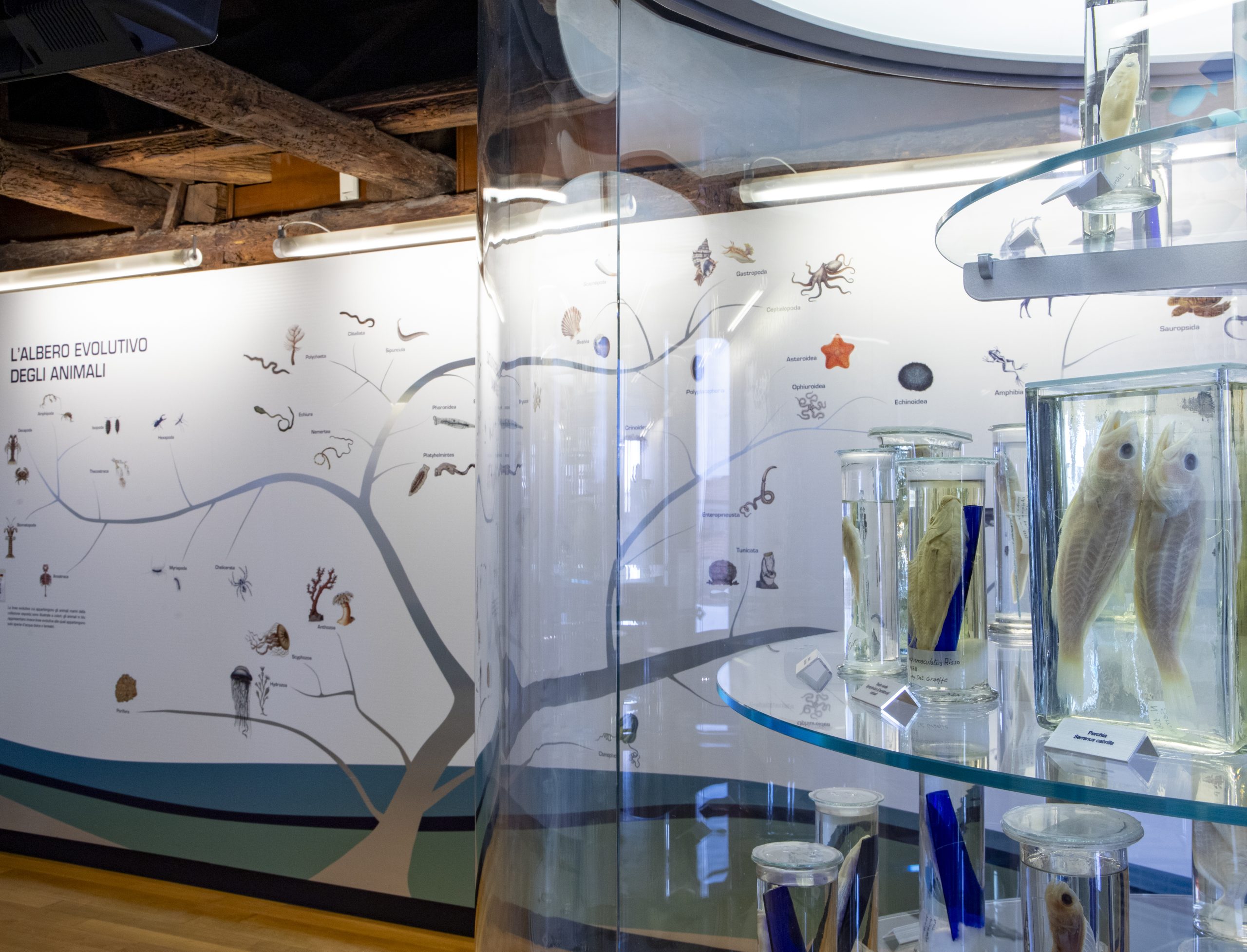
Let's discover the Museum of Adriatic Zoology Giuseppe Olivi
Discover the Giuseppe Olivi Museum of Adriatic Zoology and be transported to the world of marine biodiversity.

Adriatic
Four stories to discover the Adriatic Sea through the words of professors and researchers, as well as fishermen and local actors in the area.

For little ones
Mini pills for teens and children to learn about and protect the Adriatic Sea.
WHO WE ARE
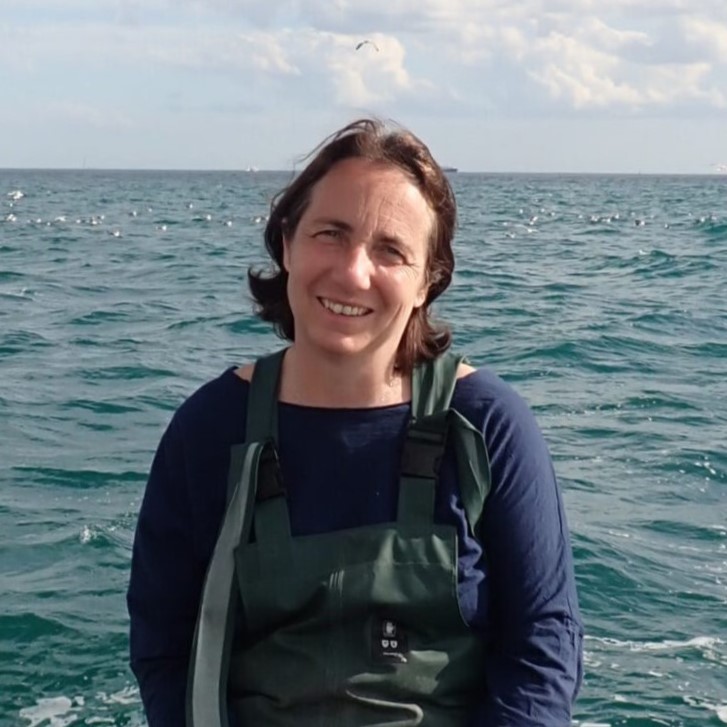
Carlotta Mazzoldi
Scientific director
Carlotta Mazzoldi is a full professor and lecturer in the MSc courses in Marine Biology and Evolutionary Biology in Padua, Italy. Her main research topics are focused on the study of different marine species, mainly bony and cartilaginous fishes, particularly in relation to their biological cycles and behavioral ecology. He also works on fisheries issues with the aim of contributing to the sustainable management of marine resources.
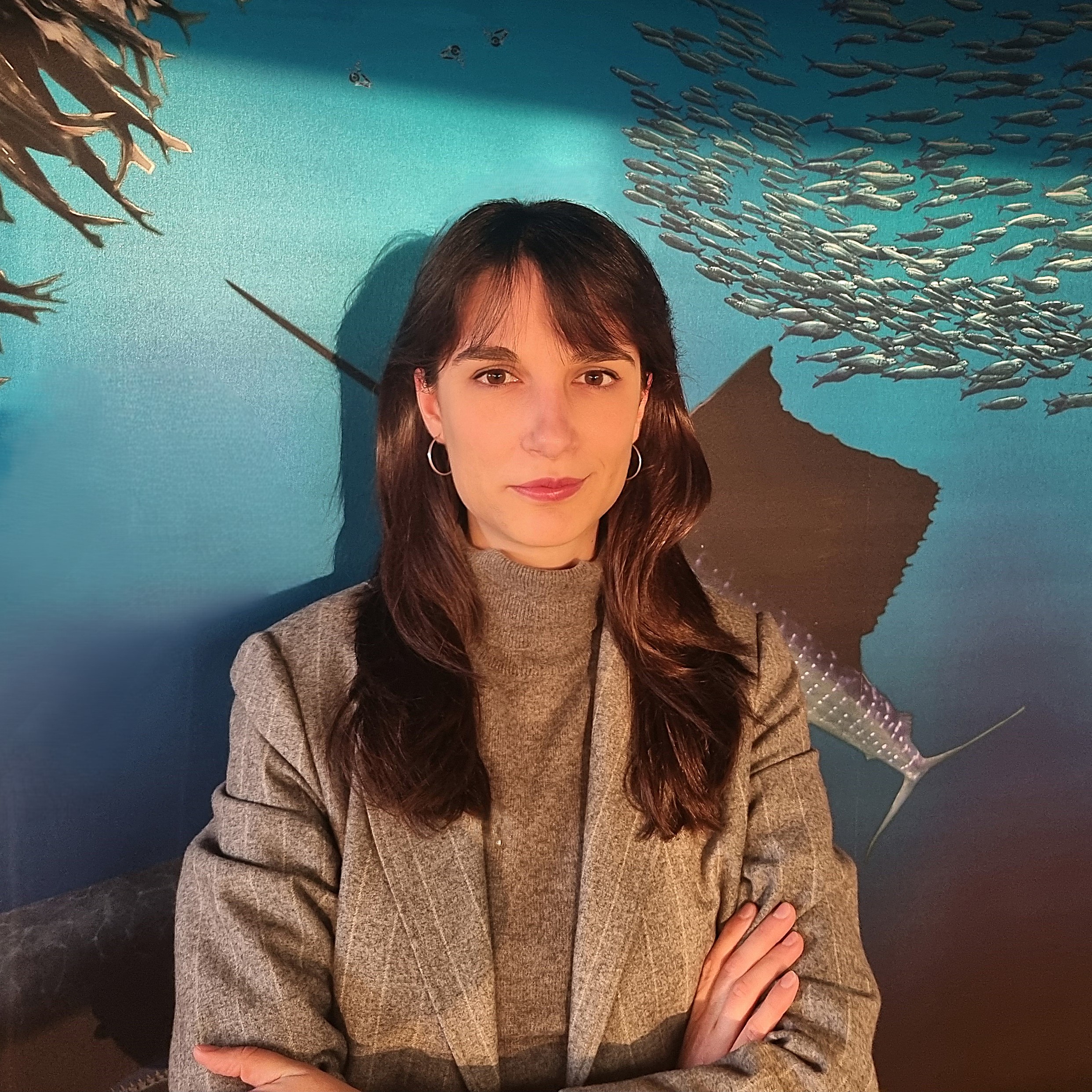
Lara Endrizzi
Conservator
Lara Endrizzi is a marine biologist who graduated from Chioggia. Already as a student she got to know the Museum as a place of study and a research tool. She then developed extensive experience working in museum education in Marine Protected Areas and Natural History museums. At the Olivi Museum, she is dedicated to artifact conservation and environmental education projects.
WHAT THEY SAY ABOUT US
“Beautiful old palace in the historic center of Chioggia, reached by walking along the picturesque Riva Vena. Used as a museum of the sea, you can visit it discovering numerous testimonies of Chioggia’s seafaring and fishing life. Many animals preserved under alcohol and a huge basking shark that towers with its grandeur on the second floor of the museum.”
– Enzo
– Matteo
“Very interesting zoological museum organized in two floors, with a beautiful mascot, the elephant shark Olivia, and on the top floor various sections from historical/ cultural to recreational/ educational. Very good for all age groups. The guide was knowledgeable and motivating.”
– Simonetta

